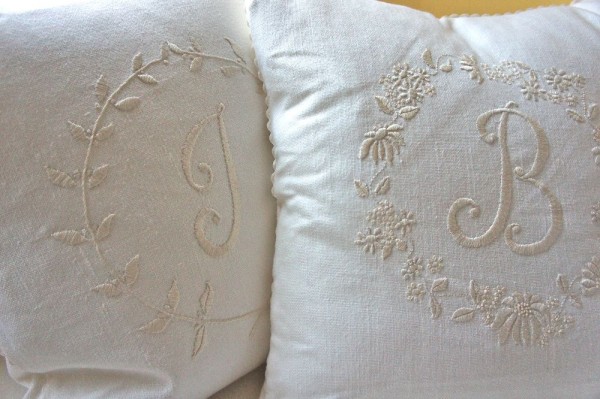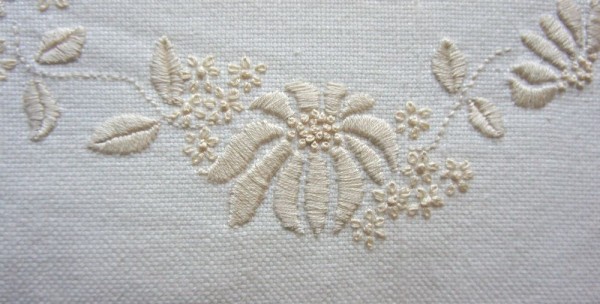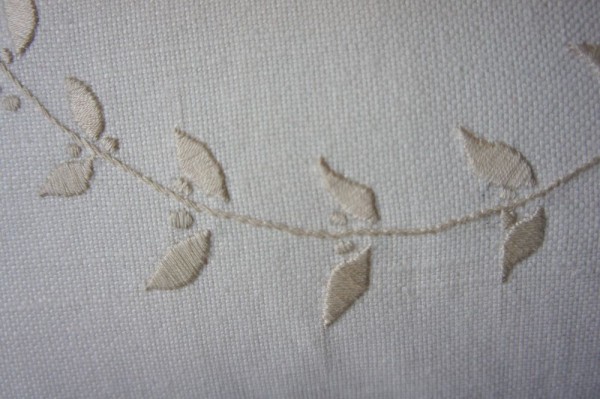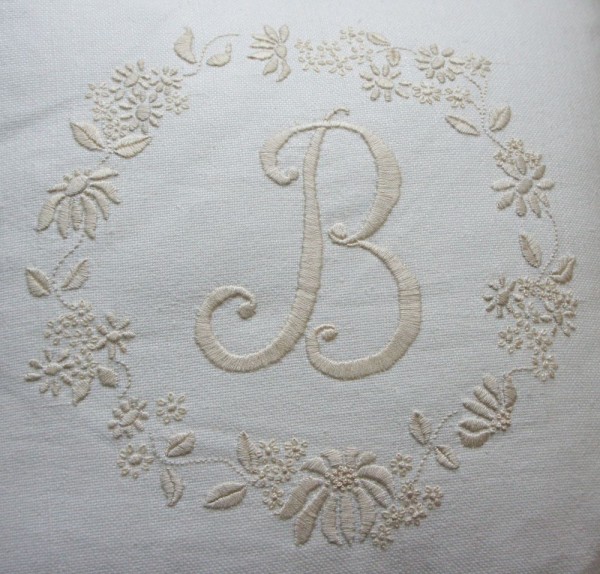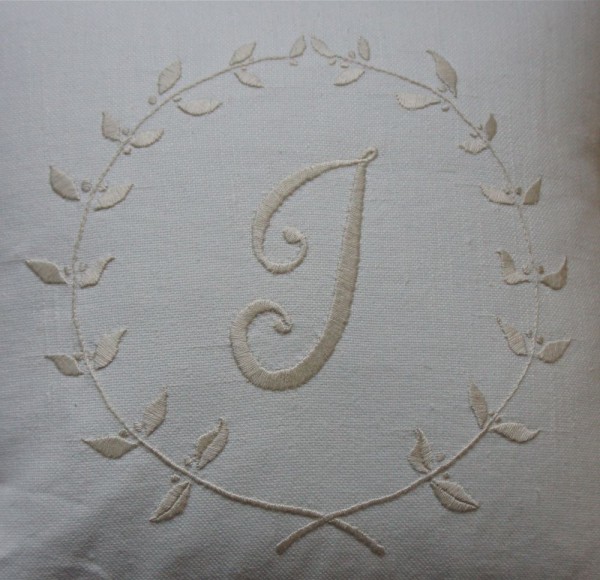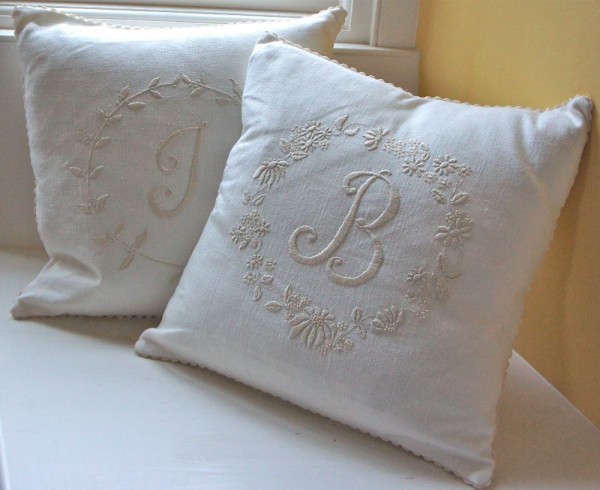“Where men see white, women see ecru. Neuroscientists prove what we always suspected: the two sexes see the world differently.” This is the heading of an article in the Smithsonian Magazine, the online arm of Smithsonian Institution in Washington as it reports the results of recent academic research. The findings show that women are better at discerning subtle gradations of colour while men show greater ability to pick out objects moving across their field of vision.
Anecdotal evidence has long suggested women are more demanding as to colour matching and will devote themselves single-mindedly for weeks on end to hunting down the exact colour they want, whether it be a that of a pair of shoes to go with a special dress or just the right shade of off white from amongst the numerous cleverly-named ones pioneered by companies like Farrow and Ball. How many husbands have been dragged into a room and made to stare at a wall painted with piebald patches of indiscernible difference and been asked which they like best? “They’re all lovely,” just won’t do. Yet now it seems that that’s all men can do, especially if forced to judge gradations from green through yellow to off white. Women have a much bigger vocabulary for describing colours and now we understand why.
An American neuroscientist – Israel Abramov at CUNY’s Brooklyn College – has spent 50 years studying vision and has been particularly interested in neural mechanisms for perceiving colour. One experiment he carried out tested colour vision in 2 ways; colours were projected on to frosted glass or beamed into their subject’s eyes. Women turned out to be better at discerning fine gradations in the middle of the colour spectrum, where yellow and green can be found and they were able to distinguish fine differences between yellows that for men looked identical. Research also showed that men require a slightly longer wavelength to see the same shade as women. An object seen by women as orange will appear a little more yellow to men, while green takes on more blue for men. Abramov says this suggests a slight difference in that part of the nervous system that deals with colour and he believes, but as yet cannot prove, that testosterone and other androgens may be responsible. That the sexes see colour differently may be established but the question as to why they do is still open.
In another study, Abramov showed subjects light and dark bars of different widths and degrees of flickering on a computer screen. The effect was similar to how we might view a car moving in the distance. Men were better than women at seeing the bars and their advantage increased as the bars became narrower and less distinct.
Abramov cautiously suggests that it may have conferred an evolutionary advantage in hunter-gatherer societies. Males are slightly better at seeing distant moving objects, like bison or deer, while women are better at judging the colour of edible plants, berries, etc and thus presumably drawing some indication of the plant’s wholesomeness or ripeness. While women may welcome the findings about colour, I’m not sure many would be willing to accept the bit about distance vision of moving objects without finding out a bit more about the conditions of the experiment and some of the assumptions involved. The majority of men may not really care whether their bathroom is painted Old White, New White, Clunch, Pointing or Dimity (all Farrow and Ball ‘whites’) but I’m sure the majority of women would want some good solid proof before surrendering to the notion that that their distant vision of moving objects is not as good as that of the man they sit in a car beside.

